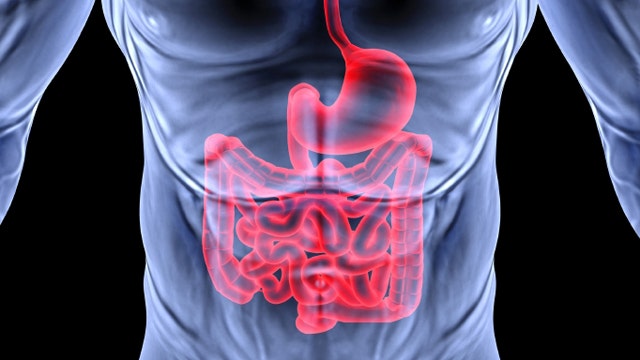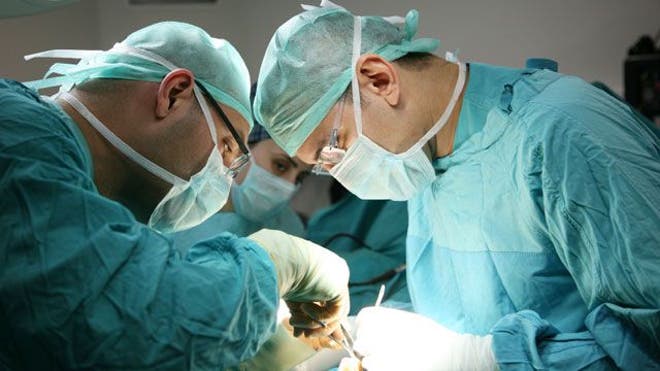
Studies confirm colon cancer screening reduces deaths
A new analysis suggests that it’s worth it to follow screening recommendations and have the test done every 10 years (or every five for those at high risk.)
Writing in the New England Journal of Medicine on Wednesday, Harvard researcher Reiko Nishihara and co-authors assessed colonoscopy use, colorectal cancer cases and colorectal cancer deaths among participants in the multi decade Nurses’ Health Study and Health Professionals Follow-up Study.
Following 88,902 subjects over 22 years, they found that people who underwent endoscopic screenings were less likely to develop colon cancer than people who didn’t. Subjects who had clean colonoscopies, sigmoidoscopies and polypectomies were, respectively, 56%, 40%, and 43% less likely to develop the disease than subjects who were not screened.
The team estimated that 40% of the colon cancers that developed over the study period would have been prevented if all participants in the studies had went in for colonoscopies.
In a separate study in the same journal, Dr. Aasma Shaukat of the Minneapolis Veterans Affairs Heath Care System and co-authors wrote that a different screening test — the fecal occult blood test, which detects blood in a stool sample — is also effective in reducing deaths from colorectal cancer.
In that report — a 30-year follow-up on earlier work involving more than 46,000 participants — scientists who reviewed death records through 2008 found a 32% reduction in the risk of death from the disease among patients in the trial who underwent annual screening during the periods of 1976 to 1982 and from 1986 to 1992.
In an editorial also published in the New England Journal of Medicine, Dr. Theodore R. Levin and Dr. Douglas A. Corley of the Kaiser Permanente Medical Centers wrote that the studies showed that fecal occult blood tests as well as colonoscopies were effective screening measures, and suggested that current guidelines make sense for patients.
Because the data sets can’t be compared directly, they cautioned against concluding that colonoscopies are necessarily better than the blood test on the basis of the findings. Studies have found that more patients choose to get blood tests in addition to colonoscopies if they are offered — one reason why the Kaiser system in Northern California, where both co-authors work, uses a “combined approach.”
Randomized trials that are already underway may help determine what testing approach prevents the most cancers and deaths, they wrote.
Source: LasAngelestimes








